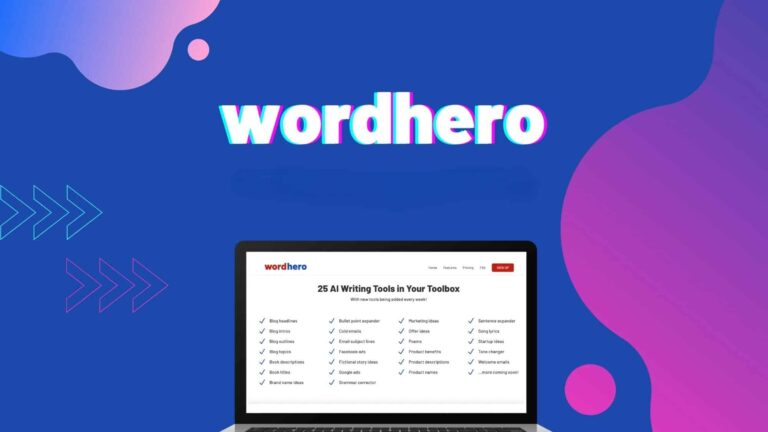The Ultimate Guide to Using a Webpage Screen Resolution Simulator
In today’s digital landscape, where users access websites across various devices, understanding how your webpage appears on different screen sizes is essential. A webpage screen resolution simulator can be a game-changer, allowing you to optimize the user experience across all device types. This guide covers everything you need to know about these simulators, from their benefits to tips on how to use them effectively.
What is a Webpage Screen Resolution Simulator?
A webpage screen resolution simulator is a tool designed to emulate how a website appears on various screen sizes and resolutions. This type of simulator allows developers, designers, and marketers to test their website’s appearance and functionality across devices, ensuring that users experience the intended layout, images, and content without distortion.
Why is Screen Resolution Important?
Screen resolution impacts how elements on a webpage—like text, images, and buttons—are displayed. A site that looks perfect on a desktop might appear crowded or disorganized on a smaller mobile screen. Using a screen resolution simulator helps ensure:
- Consistent User Experience: By simulating various resolutions, you can create a uniform experience, no matter the device.
- Improved SEO: Google considers mobile-friendliness and responsiveness in its rankings, so using a simulator can help improve SEO.
- Enhanced Accessibility: Testing your website on different resolutions ensures that all users, including those with specific accessibility needs, can easily navigate your site.
How to Use a Webpage Screen Resolution Simulator Effectively
There are numerous simulators available online, some free and some paid. Here’s a step-by-step guide to making the most of these tools.
1. Choose a Reliable Screen Resolution Simulator
Several popular simulators include:
- Responsive Design Mode in Chrome or Firefox Developer Tools
- Screenfly by QuirkTools
- Responsinator
These tools simulate various screen resolutions for desktops, tablets, and mobile devices. Opt for one that’s compatible with your testing requirements and offers a broad range of device previews.
2. Test Common Resolutions
Once you’ve selected a simulator, start by testing common resolutions, such as:
- Desktop: 1920×1080, 1366×768, 1440×900
- Tablet: 768×1024 (iPad) or 800×1280 (Samsung Galaxy Tab)
- Mobile: 375×667 (iPhone 8), 360×640 (Android), and 414×896 (iPhone X)
Testing these standard resolutions ensures that you cover most of the devices your audience may use.
3. Focus on Key Elements During Testing
While using the webpage screen resolution simulator, pay attention to the following:
- Text Readability: Is the font size and style legible across all devices?
- Navigation: Can users easily access menus, buttons, and links?
- Image Clarity: Are images distorted or stretched at different resolutions?
- Content Layout: Does content stack correctly, or do elements overlap?
4. Optimize and Retest
Once you’ve identified issues in different resolutions, make necessary changes, such as adjusting font sizes, tweaking layouts, or optimizing images. Then, use the simulator again to confirm that all adjustments have enhanced the user experience.
Top Webpage Screen Resolution Simulators in 2024
If you’re ready to start testing, here are some of the top webpage screen resolution simulators you can try:
- BrowserStack: Known for its comprehensive device and resolution testing.
- Responsive Design Checker: A free tool that offers a wide range of popular screen sizes.
- Blisk Browser: Offers synchronized testing across devices.
- LambdaTest: Provides a real-time interactive testing experience for developers.
Benefits of Using a Webpage Screen Resolution Simulator
- Ensures a Consistent User Experience: Simulators help create a seamless experience for users, regardless of device.
- Boosts Mobile Optimization: With mobile devices accounting for a large percentage of web traffic, simulators are essential for mobile optimization.
- Increases Engagement and Conversions: When users can easily navigate a website, they’re more likely to engage and convert.
Conclusion
Using a webpage screen resolution simulator is a crucial step in designing a responsive and user-friendly website. By simulating various resolutions, you can ensure your site is optimized for all devices, providing a consistent experience that keeps users engaged. Whether you’re a developer, marketer, or designer, these simulators should be an essential part of your toolkit.






